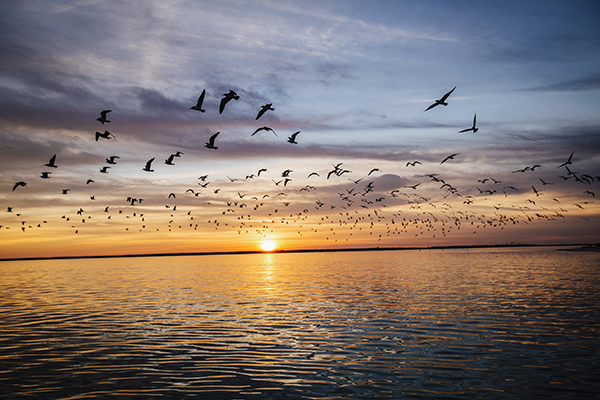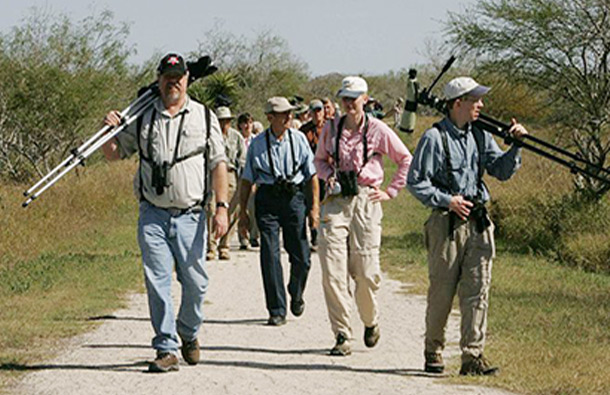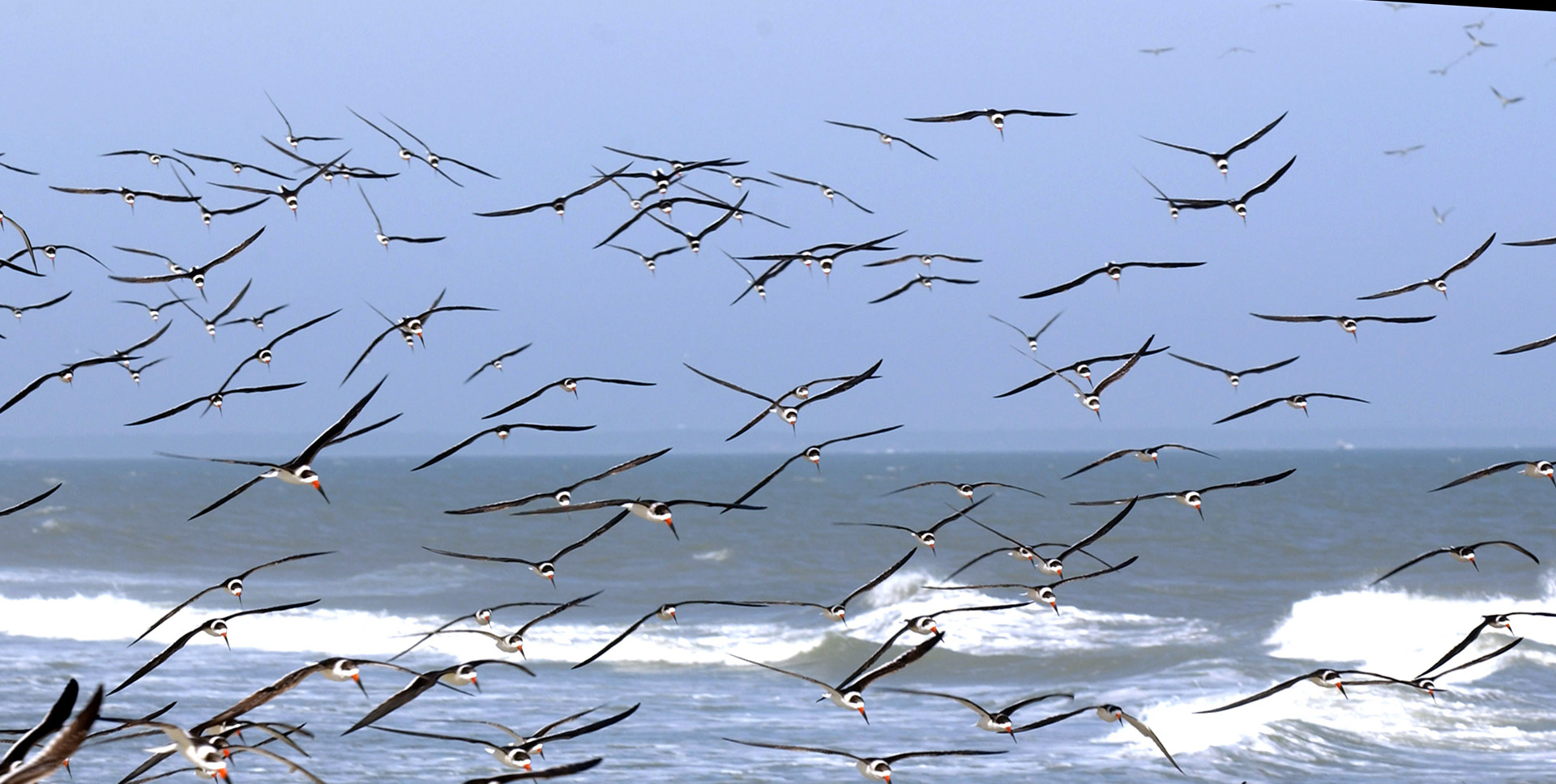Richmond Hill, Georgia, proudly showcases two captivating stops along the Colonial Coast Birding Trail, offering bird enthusiasts an exceptional experience amidst stunning natural beauty.

Fort McAllister State Historic Park, which marks the end of General William T. Sherman's March to the Sea during the Civil War, is located on the banks of the Ogeechee River, and includes a mix of salt marsh and forested habitats. Here, you’ll see painted buntings and other songbirds, wading birds, waterfowl such as wood ducks, and raptors such as osprey and bald eagles year round. In winter, migratory birds such as the northern harrier are seen.
Image taken at Fort McAllister State Historic Park

Wetland's Trail at J.F. Gregory Park This park, situated near historic rice fields, offers a variety of habitats, including wetlands and wooded areas, attracting a diverse range of bird species. Songbirds, wading birds and raptors are seen all year, and migratory waterfowl in winter. Look for warblers during spring and fall migrations. Prothonotary warblers are best seen from April to June. Enjoy a 3-mile scenic trail in this 335-acre park. Don't forget your notebook and binoculars!
Image taken at Richmond Hill J.F. Gregory Park
Good morning! Start your day with a fresh cup of coffee from one of our charming local cafes. Then, venture out to either of these two scenic spots to enjoy the melodious sounds of birds greeting the new day.

Image taken at Fort McAllister State Historic Park
After a morning spent observing or photographing your avian discoveries, treat yourself to an international-style lunch in Richmond Hill. Check out our Dining Passport for a variety of options.
Image taken at Fort McAllister State Historic Park
Continue your adventure in the afternoon along the Colonial Coast Birding Trail either north at Skidaway Island State Park, Tybee Island, and the Savannah-Ogeechee Canal Museum & Nature Center, or south at Harris Neck National Wildlife Refuge, the Okefenokee National Wildlife Refuge, St. Simons Island, Jekyll Island, or a number of other sites. More than 300 species of birds (75 percent of the total species of birds seen in Georgia) have been spotted at the 18 sites along the birding trail. See the complete list of sites here.

